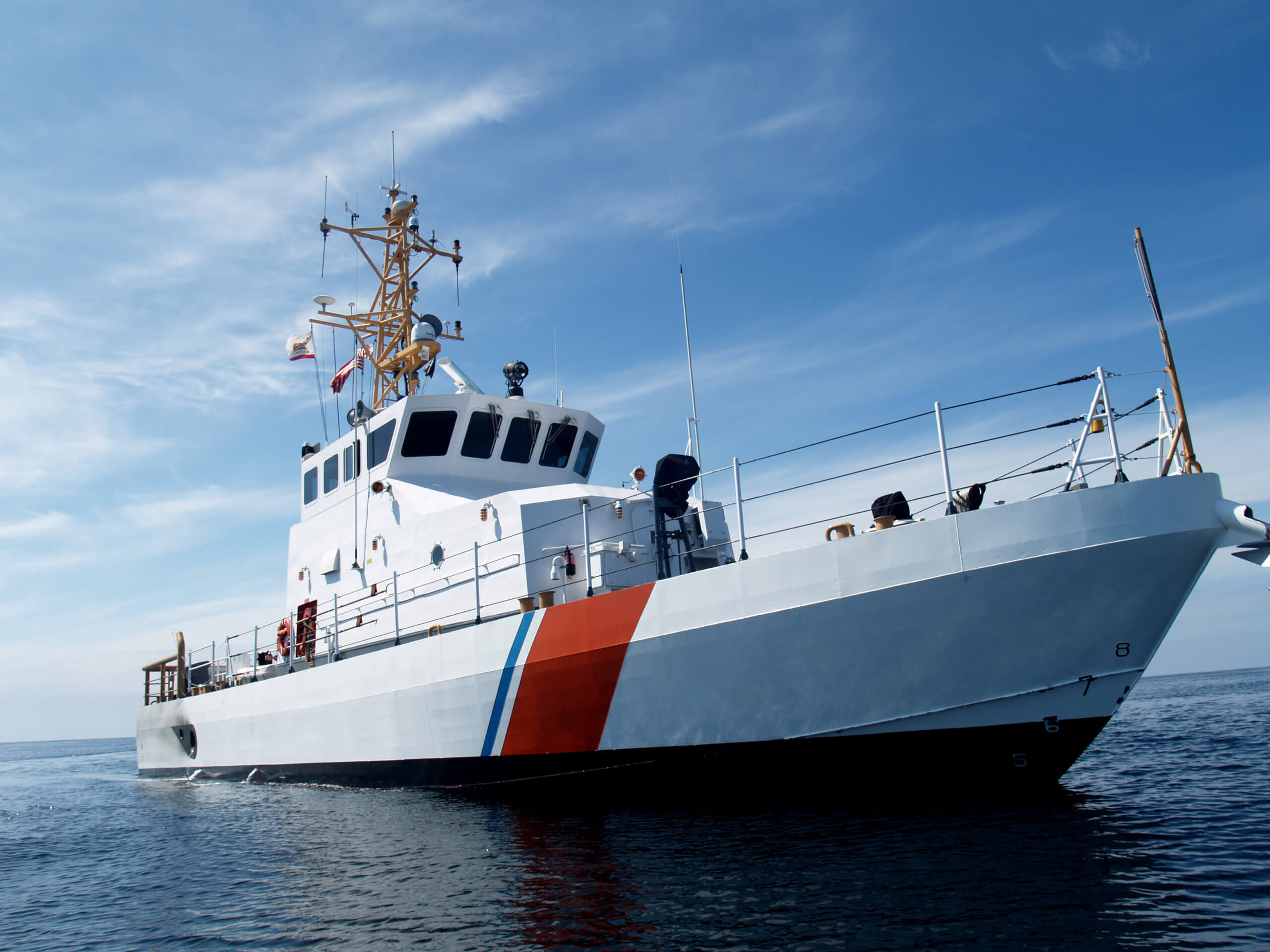Rescue, Recovery, And Re-warm

When we were kids, it was all about readin’, ritin’ and ‘rithmatic. On the sea, especially in cold water environments, it is all about rescue, recovery, and re-warming. I don’t expect there are many boaters out on our bays, creeks, and littoral areas of the ocean now, but some, and the waters are getting colder.
He Fell In And Can’t Get Out
The new state law that requires personal floatation devices for all boaters in boats shorter than 21 feet between November 1 and May 1 due to the potential for hypothermia.
To demonstrate the power of water to drawing out heat of you — 25 times faster than air of the same temperature — get a glass of water to room temperature and drop an ice cube in it. At the same time, lay an ice cube on a napkin next to the glass of water. When the ice cube in the glass has melted, there will be only be a small amount of dampness around the ice cube sitting on the napkin.
Research conducted by cold-water specialists in Canada, where the water is cold all the time, when it isn’t frozen, determined thrashing or swimming can increase that heat-stealing mechanism up to 10 times faster. So, if someone falls in, it is critical to get them out as soon as possible.
When Rescue Becomes Recovery
By United States Coast Guard standards, a rescue becomes a recovery when a person has died. Sudden cold water can be a quick killer, even before hypothermia gets to you, and it can happen in various ways, so be cautious.
1. A splash of cold water in your face can cause you to involuntarily inhale water, leading to potential drowning. Not swallowing it down your throat into your stomach, but inhaling it into your lungs. This is known as the gasp reflex.
2. Some people react to cold differently, where their throat closes up as soon as the water reached the back of their throat. The spasm stops the water from getting into the body, which is the biological intent, but it also stops air from getting to the lungs. This is what is now called dry drowning. There is no water in the lungs, but no oxygen either. A BoatUS report showed 15 to 20 percent of all drowning are dry drownings.
3. When the difference between your body temperature and the water temperature is greater than 30 degrees, the chance of a heart attack from the sudden immersion goes up dramatically.
4. Even something as simple as a racing heart from shock and fear can cause hyperventilating. Dizziness followed by unconsciousness results as the ratio of oxygen to carbon dioxide changes in the victim’s blood system.
If you fall into the water, remember this: keep your airway clear, and know cold shock will pass in about a minute, so concentrate on avoiding panic and maintain control of your breathing. Wearing a lifejacket is critical to keep you afloat and breathing if this accident occurs.
We Have Them In the Boat. Now What? Re-Warm!
Believe it or not, if you apply hot water directly to the arms and legs of a person with hypothermia, you can kill them. It is called the after drop — you force cold blood that has pooled in the arms and legs back toward the heart and brain, and that lowers body temperature. Apply heat through hot water bottles, microwaved towels, heating pads, and dry hands to the head, neck, chest, and groin.
Of course, you need to get the person into a warm, or at least dry environment as part of the rescue. Lay the victim on his or her back or side, preferably wrapped in a blanket. Never put the person face down. If the person is conscious, give him or her warm, but not hot liquids. No alcohol, and avoid caffeine if possible. Add sugar for energy.
Bring ‘em back alive, captain.
If interested in becoming a member of United States Coast Guard, email me at JoinUSCGAux@aol.com.



